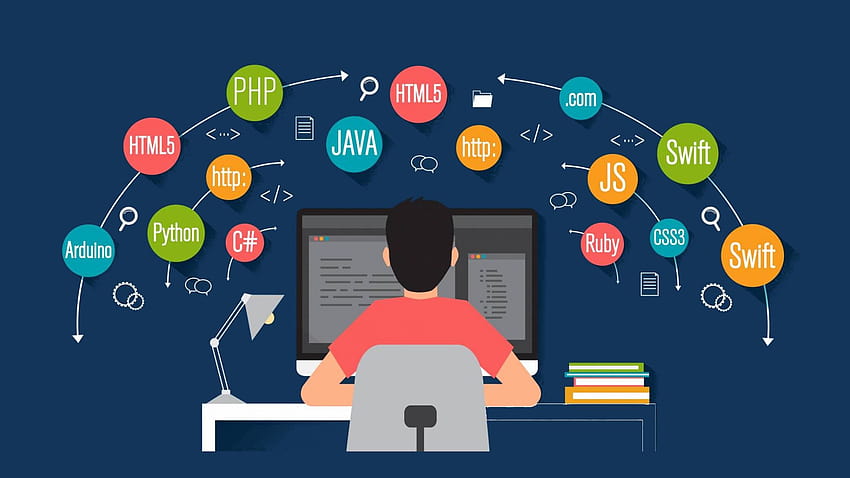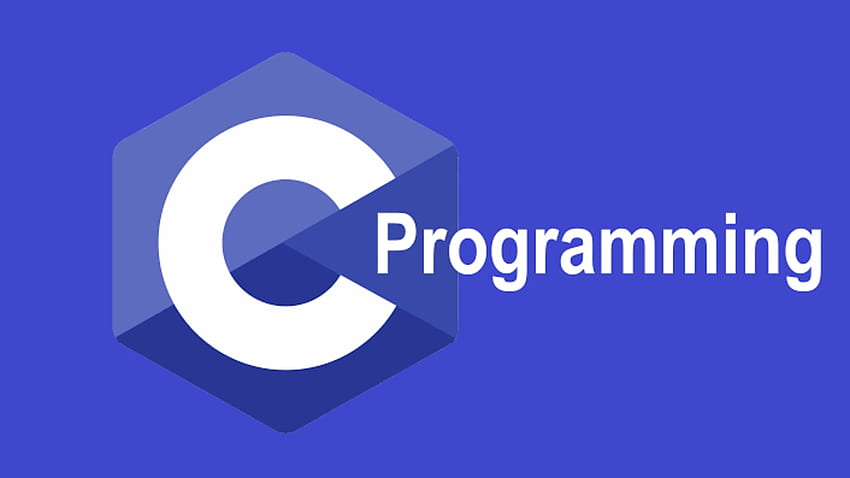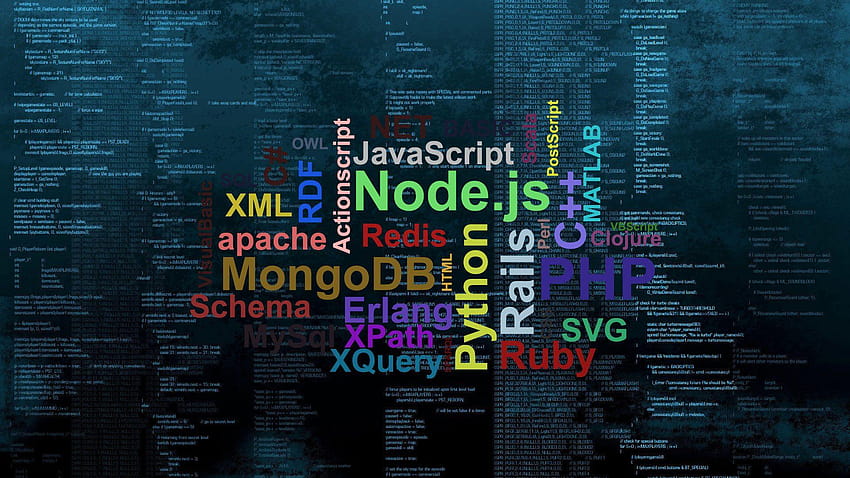Programming languages have become an essential tool in modern society. They help to build advanced systems, automate processes, and create applications to solve many of the world’s pressing problems.
Many developers can wonder: “Why are there so many programming languages available today?” This post will reveal several reasons behind the existence of multiple programming languages.
We will also recommend tips to help you choose the suitable programming language for your projects. Let’s check it out!
Why Are There So Many Programming Languages?
The reason there are so many programming languages today is because there are so many problems that arise that require different tools to solve them.
Moreover, each programming language has its outstanding characteristics and advantages. The creation of programming languages is driven by various factors, including technological advances, platform compatibility, tools, different tastes, and different performance.

Here is a detailed explanation of some factors that result in the diversity of programming languages.
1. Different Tools for Different Jobs
Programmers will need various tools for different tasks. For example, Python is a simple programming language to learn. It has an extensive library of standards and toolkits. That’s why it is a popular choice for projects.
Programmers often choose Ruby and JavaScript for building web applications. Besides, Java and C++ are popular in the financial industry.
Furthermore, programmers can choose from various tools thanks to different programming languages.
They can select the best language for a given task or project. This can be especially helpful when dealing with complex systems.
2. Different Tastes & Preferences
Developers choose programming languages based on their tastes. Some other factors that can influence a programmer’s preference for a particular programming language are:
- Job requirements: Programmers may choose to learn the language their business uses. Therefore, it can better fit the team and work effectively.
- Community support: Programmers may prefer languages with solid community support. Finding solutions to problems can be easier, as well as learning new skills and collaborating with others.
- Project requirements: Depending on each project, programmers may choose different languages suitable for the specific needs of the project.
- Personal preference: Some developers may prefer to use a familiar programming language. Meanwhile, others may like to learn a new language to expand their skills and knowledge.
3. Compatibility With Different Platforms
Compatibility with different platforms is the second reason many programming languages exist. Different platforms have different requirements, such as:
- Operating systems
- Hardware architectures
- Programming interfaces
Programmers often design programming languages compatible with specific platforms or are cross-platform, meaning they can run on multiple platforms.
For example, programmers often choose C++ for systems programming. This low-level language can interact closely with the hardware and operating system.
Meanwhile, Java is cross-platform. It can run on any system installing a Java Virtual Machine.
4. Different Performance
Different programming languages can have distinct performance characteristics depending on various factors, such as:
- Syntax
- Semantics
- Algorithms
- Data structures
- Optimization
- Hardware
Some programming languages prioritize speed and efficiency, while others focus on ease of use and flexibility.
Besides, developers also need languages that can solve specific problems or perform certain tasks more effectively than others, such as:
- Scientific computing
- Machine learning
- Game development
Each of these domains has specific requirements and challenges. Therefore they can require specialized languages or tools.
5. Some Languages Are Out Of Date
As technology continually evolves, old programming languages are no longer suitable for these advanced servers. Therefore, creating new programming languages can:
- Address the shortcomings of existing ones
- Provide better solutions to specific problems
- Meet the needs of both developers and users
For example, the rise of multi-core CPUs has led to the creation of languages like Rust. Rust aims to take advantage of parallel processing.
Big data and machine learning appeared, resulting in the development of new programming languages such as:
- Python
- R
- Julia
Developers prioritize using these three languages for data analysis and processing.
Why Isn’t C a Programming Language Anymore?

C has been one of the most popular programming languages for over four decades. Programmers used C in various domains, including systems programming, embedded systems, and game development.
However, C is not just a programming language anymore; it has evolved to encompass more functionalities.
C is also an interface definition language (IDL) or protocol essential for most general-purpose programming languages.
C IDLs define interfaces between software components. It is a powerful and flexible tool in many domains, including:
- Distributed systems
- Application programming interfaces (APIs)
- Remote procedure calls (RPCs).
How to Choose a Programming Language?
Beginner developers can be overwhelmed choosing a programming language. Fortunately, several factors can guide your choice. Let’s have a look at some tips for choosing a programming language below:
1. Determine your goals and needs
Consider the goals you have for the language. Do you want to build a web application, mobile app, or desktop software? Different programming languages are better suitable for different types of applications.
2. Consider the job market and industry trends

You should choose a programming language currently in demand in the job market that aligns with industry trends. Hence, you can stay relevant and competitive in the job market.
3. Evaluate the learning curve
Learning a programming language takes time and effort. You need to consider the difficulty level of the language and the availability of tutorials and learning materials.
Beginners should choose some more accessible languages like Python or Ruby. You can learn more advanced languages like C++ or Java when becoming more experienced.
4. Examine the community support and resources
Learning a language with a large community can be beneficial. It will provide more resources, such as online forums or coding communities.
You can also benefit from other developers’ experiences and learn from their code. In addition, it can be easier to find solutions to your problems using a language with a larger community.
5. Make a decision and start learning
After you gather all the necessary information, consider the advantages and disadvantages of each programming language. Finally, make a decision that suits your needs best.
Conclusion
There are programming languages because programmers choose different languages for purposes: job requirements, compatibility, and personal tastes.
Most programmers have to learn several different languages throughout their careers. Hopefully, these above tips can help you choose a language that meets your needs. Thank you for reading!
